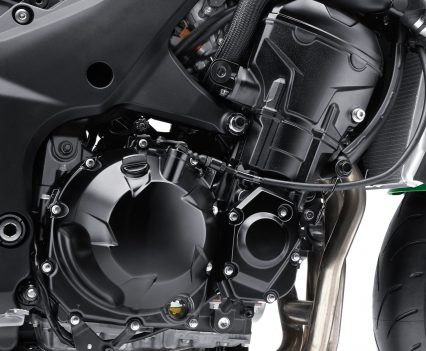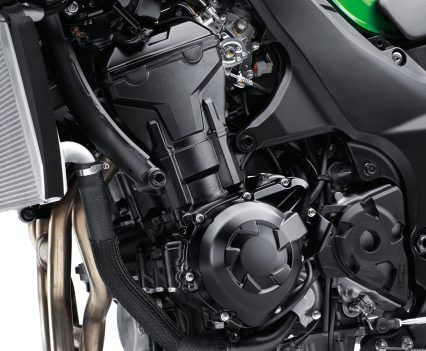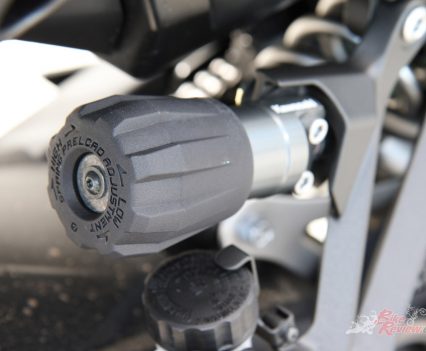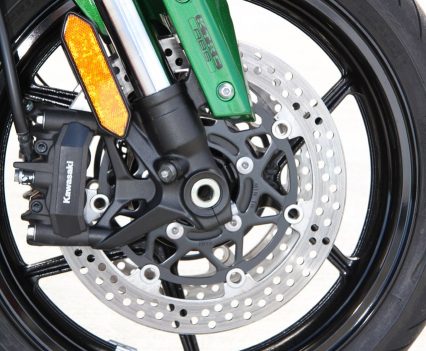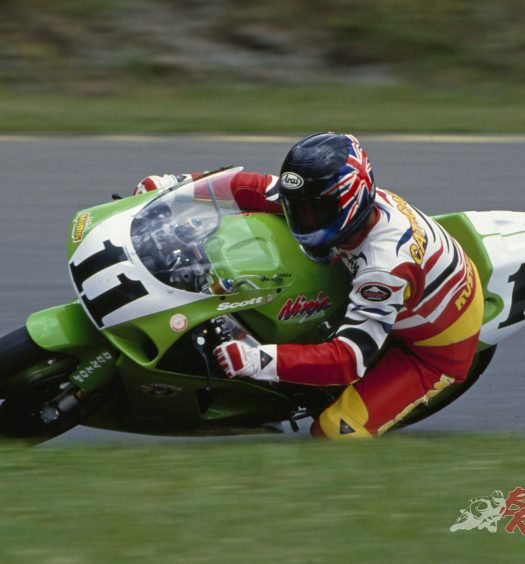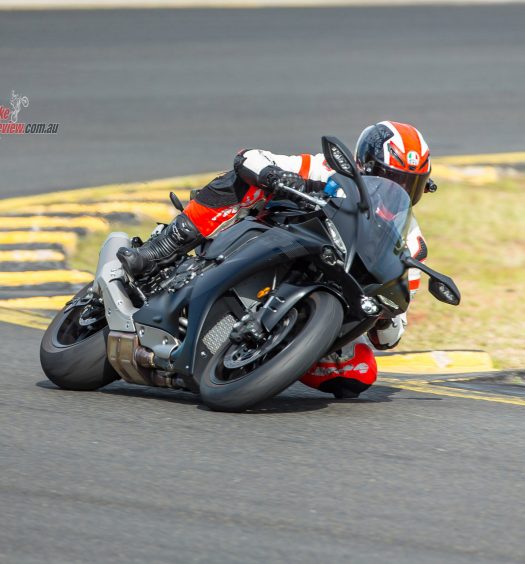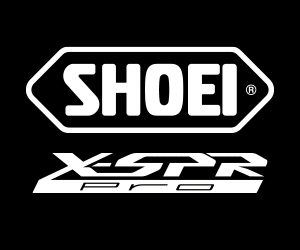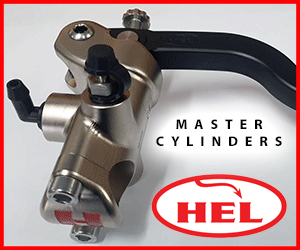The new Ninja 1000SX has a well sorted chassis to match the engine it has always been known for. New electronics are the icing on the cake... Check out our Ninja 1000SX Video Review
The Ninja 1000 was a hit when it landed here in 2011. Dubbed by Kawasaki as a ‘Sportsbike for the real world’ engineers were given a green light to compromise lap times for road performance. Check out our Ninja 1000SX written review here and enjoy this video review!
2020/2021 KAWASAKI NINJA 1000SX VIDEO REVIEW
2020 Kawasaki Ninja 1000SX Tech Talk:
The 1043cc liquid-cooled in-line four-cylinder includes an Assist and Slipper clutch, and has an advanced electronics system derived from that found on the ZX-10R and includes the KCMF (Kawasaki Cornering Management Function), Kawasaki’s IMU-enhanced electronics package.
Power output is 105kW (142hp), with 38mm downdraft throttle-bodies offering strong linear low-end performance, with oval sub-throttles keeping the engine thin between the rider’s knees. Kawasaki boast revised ECU settings contributing to smoother power delivery, although the Ninja 1000 always delivered in this area, while Euro5 ready emission requirements are now met.

A compact Bosch IMU (Inertial Measurement Unit) gives a real-time picture of chassis orientation and the KCMF monitors engine and chassis parameters throughout the corner – from entry, through the apex, to corner exit – modulating brake force and engine via the KTRC (including traction and wheelie control) and KIBS (including pitching and corner braking control) systems.
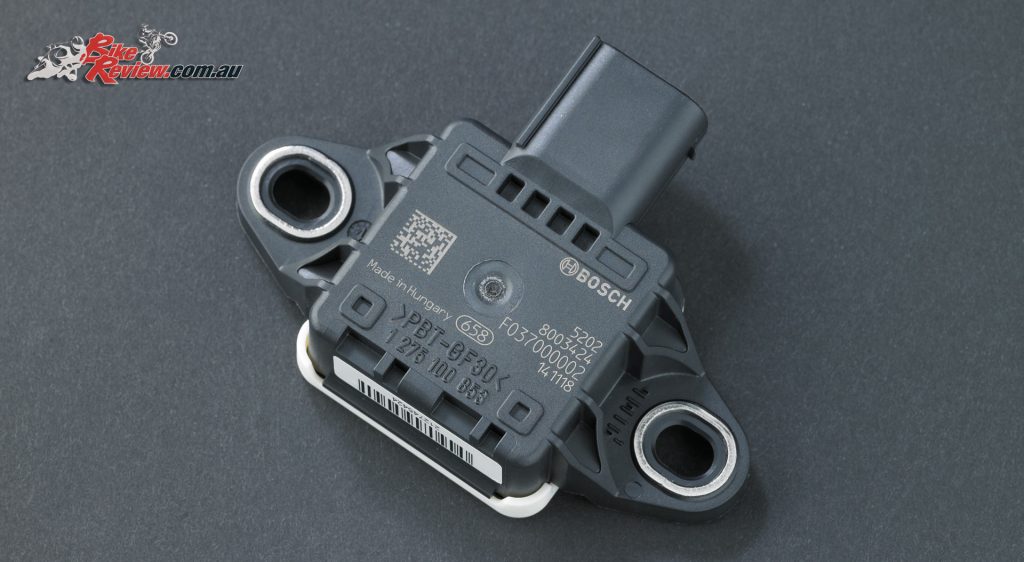
The KTRC (Kawasaki Traction Control) offers three levels of adjustability and can be turned off, while Power Modes offer Road, Sport, Rain and Rider (Custom).
KIBS incorporates corner braking control, modulating brake force to counter the tendency of the bike to stand up when braking mid-corner, with radial-mount Monobloc front calipers and a radial front brake master-cylinder offering strong front end brake performance.
An aluminium twin-tube frame design features frame beams that go over engine, allowing a narrow construction that is easy to grip with the knees, and uses the engine as a stressed member. The frame is a five-piece cast aluminium construction uses four engine mounts. All engine mounts are rigid except the upper rear crankcase mount, which is rubber.
The rear frame is a three-piece aluminium die-cast construction and allows the side covers to be eliminated. This also allows the width under the seat to be narrower, offering riders a shorter reach to the ground.
41mm inverted front fork features stepless compression and rebound damping and spring preload adjustability aimed at sporty performance and comfort.
The rear shock features rebound and preload adjustability, with a remote preload adjuster. Revised shock settings and linkage ratio offer suppler suspension action for improved bump absorption and firmer cushioning. The new linkage also assists in a taller seat height, while the seat is thicker too. Trail has been reduced to 98mm from 102mm.
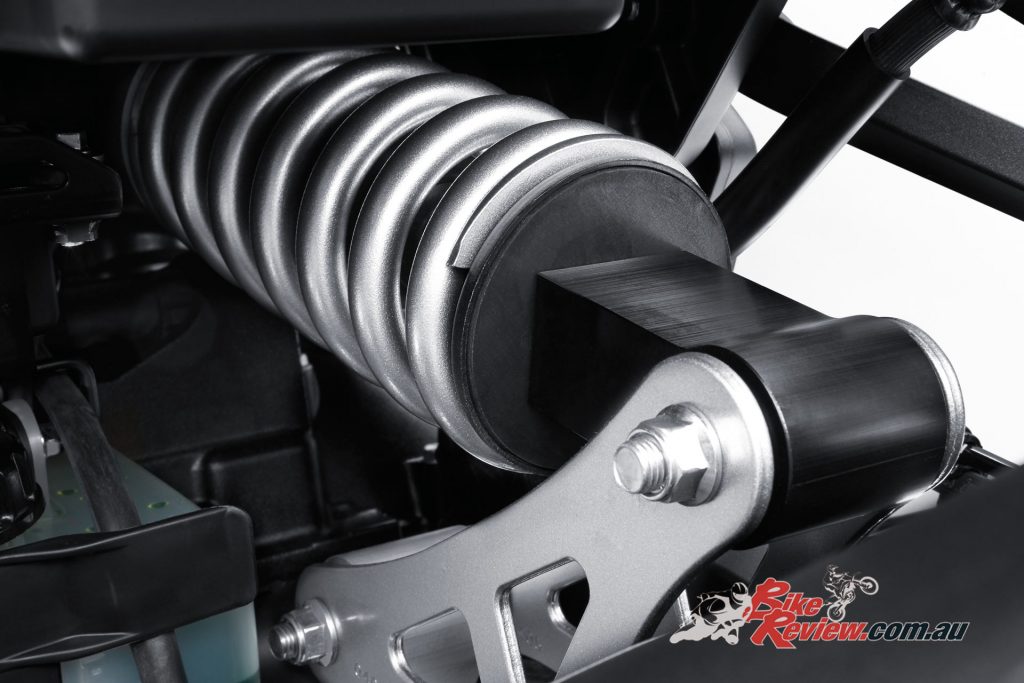
300mm stainless steel semi floating brake discs are gripped by opposed four-piston radial-mount monobloc calipers with differentiated diameter pistons of 32mm/30mm.
The machined monobloc calipers feature an alumite1 coating and are laser-etched with a Kawasaki logo, adding to the bike’s high-quality sporty looks. The rear brake features a single piston, pin-slide caliper gripping a 250mm disc.
Wheels are lightweight supersport-style six-spoke wheels contributing to a sporty image and low unsprung weight.
Don’t forget our in-depth written test on the 2020/2021 Ninja 1000SX…
SPECIFICATIONS: 2020/2021 Kawasaki Ninja 1000SX
Price: $16,299 + ORC (click here and enter your postcode for R/A price)
Warranty: Two-year, unlimited kilometre
Colours: Black or SE (Sports Edition, $17,199 + ORC)
Claimed power: 104.5kW[142hp]@10,000rpm
Claimed torque: 111Nm@8000rpm
Curb weight: 235kg
Fuel capacity: 19L
Fuel consumption: 5.8L/100km (claimed)
Range: + 320km (claimed)
Engine: Liquid-cooled, four-stroke in-line four-cylinder, 1043cc, 77 x 56mm bore x stroke, 11.8:1 compression ratio, DOHC, 16 valves, four Keihin 38mm oval sub-throttles, RbW, four-into-one exhaust
Gearbox: Six-speed, KQS
Clutch: Wet multi-disc, slipper
Chassis: Alloy twin tube frame, alloy swingarm
Rake: 24.5°
Trail: 98mm
Suspension: 41mm forks, compression, rebound damping and spring preload
adjustability, 120mm travel, Horizontal Back-link, gas-charged rear shock, rebound damping and spring preload adjustability, 144mm travel
Brakes: KIBS, Dual semi-floating 300mm front rotors, dual radial-mount monobloc four-piston, single 250mm rear rotor, single-piston caliper
Wheels & Tyres: Cast alloy, 120/70 ZR 17, 190/50 ZR 17 Bridgestone S22
Dimensions:
Wheelbase: 1440mm
Seat height: 835mm
Overall height: 1190-1225mm
Overall width: 825mm
Overall length: 2100
Ground clearance: 835mm
Steering angle: 31º/31º
Instruments & Electronics: 4.5in TFT display, KQS, KRTC, KCMS, Cruise, KIBS, Power, IMU
The Verdict | Video Review: 2020/2021 Kawasaki Ninja 1000SX
Sorted!
With revised steering geometry, a raised rear end, a four-into-one and new tyres, the Ninja 1000SX returns to its old great handling self. Now, with the amazing electronics and the stonking engine, this has become the ultimate sports touring package.



